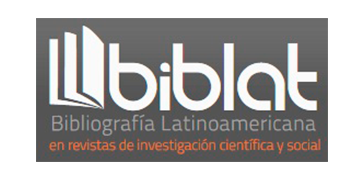The use of metaphors in the scientific construction discourse of preschool students
DOI:
https://doi.org/10.32870/dse.vi20.598Keywords:
scientific modeling – preschool education – discourse analysis – metaphorsAbstract
The line of research on modeling regarding science in preschool is a seldom-explored field of knowledge. This paper aims to analyze the processes of social interaction in the classroom developed by a group of five- and six-year old students during a didactic sequence related to the model of a living being and focused on the circulatory system.
Candela (1999) points out that in order to understand the explanatory discourse, it is necessary to start from the cultural elements of the subjects, become part of the social group, and identify the communicative strategies that allow us to understand the processes of conceptual elaboration, through an analysis of interactions with an ethnographic approach.
The communicative strategy analyzed in this work is the use of metaphors. Lakoff and Johnson (1995) classify two groups of metaphors: structural and empirical. The results show that preschool students included elements of their physical context, that is, empirical metaphors, to explain the process of blood circulation, as well as the characteristics of the organs involved.
Downloads
Downloads
Published
Versions
- 2021-01-28 (2)
- 2019-06-05 (1)
Issue
Section
License
Once a manuscript is accepted for publication in the journal, its author(s) must sign a letter transferring the editorial rights to the University of Guadalajara for the editing, publication and dissemination of the paper. After being notified of its publication, the author(s) will be sent a letter of transfer of rights which must be signed and sent back to the journal’s editor.














